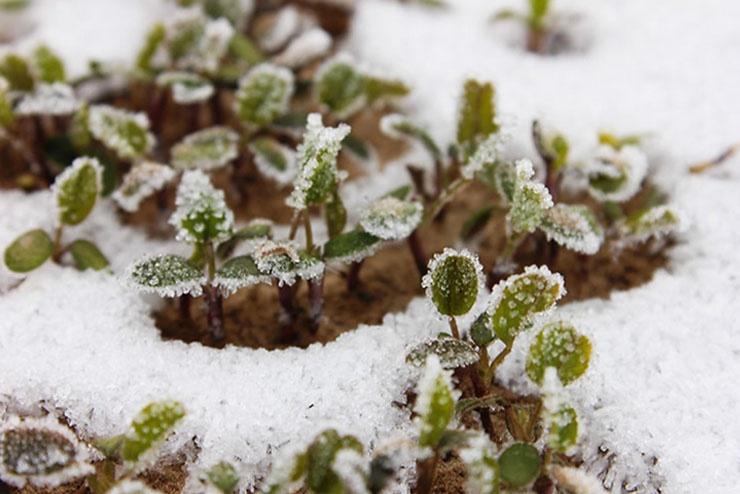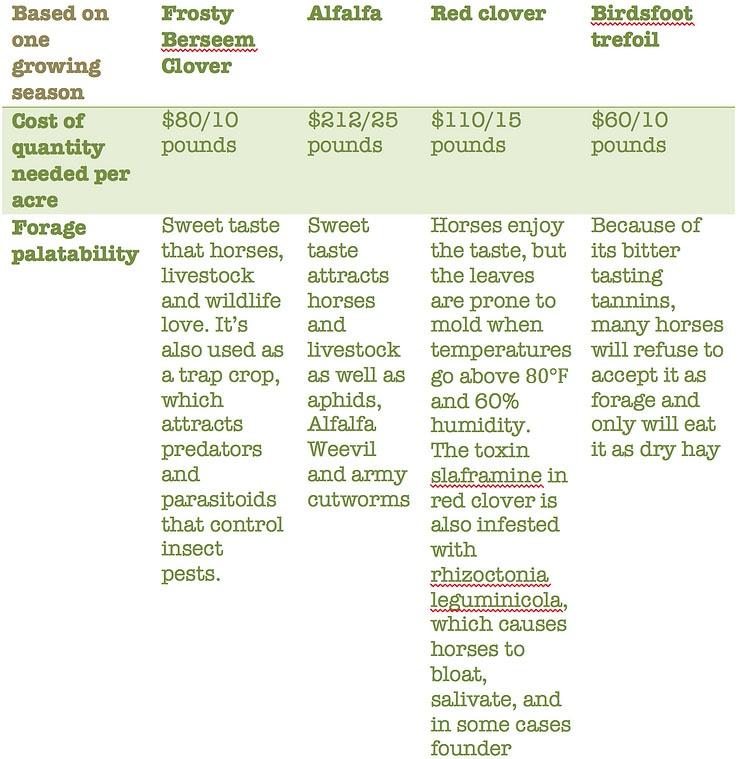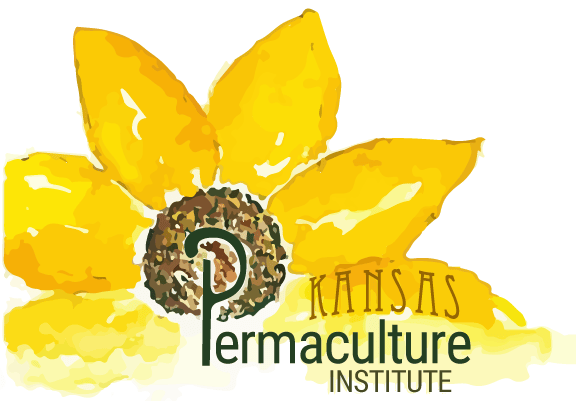Berseem Clover: A Super Legume for Organic Horse Pastures
By Sasha Banks-Louise

Organic farmers in Kansas have a particularly difficult time fixing nitrogen for equine forage crops. Spring rains and summer humidity levels can turn many nitrogen-fixing legumes such as alfalfa and red clover into breeding grounds for toxic fungi. These “mycotoxins” can wreak all sorts of havoc on horses, often resulting in slobbering, severe bloating, foundering or even death.
Berseem clover (Trifolium alexandrinum) is becoming an increasingly popular forage companion crop because it produces more nitrogen and protein content than alfalfa and tastes sweeter than alternative legumes such as birdsfoot trefoil. Once established, berseem quickly suppresses weeds, attracts honeybees, and isn’t susceptible to fungal infections that may expose your horses to mycotoxins. It’s also affordable, an easy keeper (compared to other forage legumes) and its multi-cut varieties can double or even triple the number of cuts when mixed with brome, oats, or rye grasses.
Can Berseem Clover Grow in Kansas?
The short answer is, “Yes.” However, it’s taken a good while for this cool season annual to catch on in the Midwest, mainly because berseem’s genetics favored Mediterranean climates. For the last several millennia, berseem, also known as Egyptian clover, was used as a legume cover crop in the Nile Delta. It was introduced to America in the late 1800s, but mostly planted in the Southern United States due to its lack of winter hardiness. Recently, however, Grassland Oregon was awarded a patent for Frosty Berseem Clover, a more cold-tolerant variety suitable for frost seeding in temperatures as low as 5 degrees Fahrenheit with zero snow cover.
Of course, there are other options to stimulate the quality and yield of organic forage crops. But most don’t deliver the range of benefits that Frosty Berseem does.
Before you fertilize your pasture (again), here are some side-by-side comparisons to consider:


Despite its easy establishment, Frosty Berseem Clover must be cut with care. Because each plant stores its energy at its base (rather than in the roots), cutting height needs to be 2-3″ above the lowest leaf on the plant.
Seeds can be purchased online and come untreated with an OMRI certified Nitrocoat, a live rhizobium inoculant that stimulates nitrogen-producing nodules to help create stronger, healthier plants.
You’ve got until May to get your seeds in the ground, and four months to adjust the settings on your mower.

